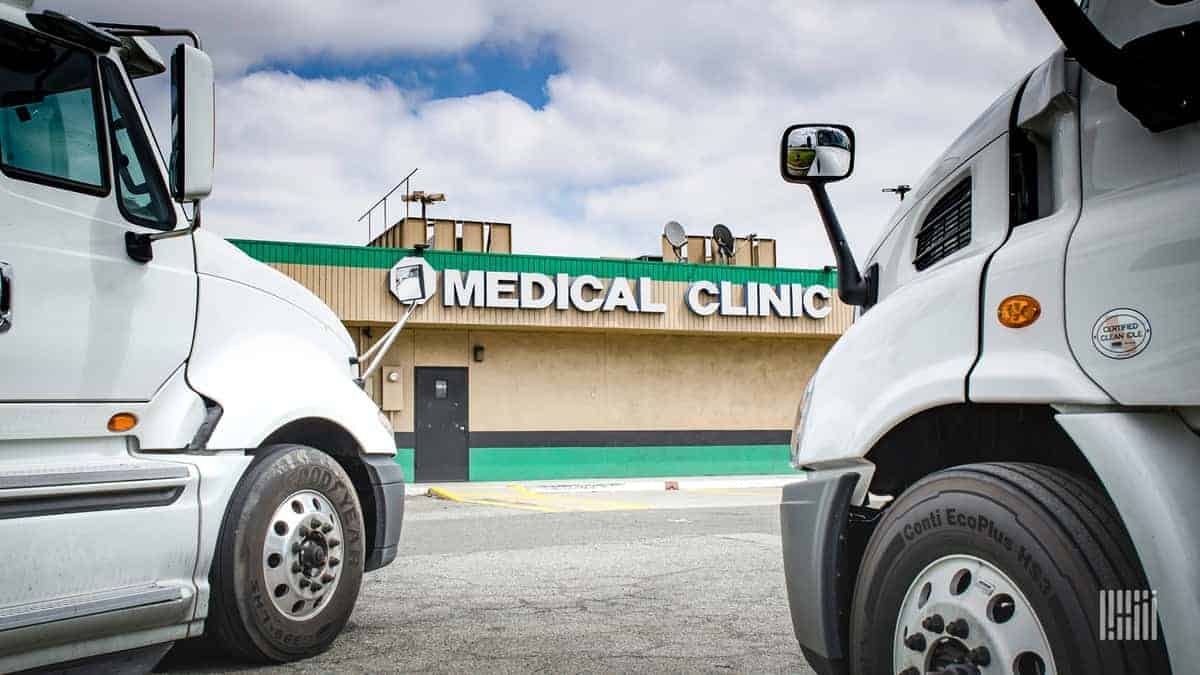[vimeo-autoplay video-id=”390558872″]
Despite calls urging truck drivers to register in the Federal Motor Carrier Safety Administration’s (FMCSA’s) Drug and Alcohol Clearinghouse database, over 90% of drivers applying for jobs have not done so, said Jeremy Reymer, founder and CEO of DriverReach, a recruiting and compliance management company.
Reymer told attendees at the Katz, Sapper & Miller 2020 Trucking Owners and Leaders Roundtable on Feb. 4 in Indianapolis that more than 3,000 failed drug and alcohol test results have been recorded in the database in the first 30 days of operation. The site went live Jan. 6.
“That is good news because now we are aware of them and previously they were going undetected,” he said.
While drivers are not required to register, carriers can be put in a tough spot where they are not allowed to pressure drivers to register, but without drivers registering and providing consent, carriers may not be able to meet legal requirements. Reymer noted that a carrier must do a “limited query” of its drivers in the database at least once a year. A limited query will only tell the carrier that a driver has something in their file. To get the full results, a full query must be conducted, and that requires the driver’s consent.
The flip side is that even though drivers are not required to register, carriers are unable to hire one until they provide full consent for a query, which can only be accomplished by registering.
“At the end of the day, if [the driver] won’t register, I can’t hire them,” Reymer said. “At the time the driver is applying, that is the time to find out if they are registered and if not, get them a link and start that process.”

Registering is not a simple task, Reymer added, but from a carrier’s perspective, there is benefit in terms of compliance to having drivers register and for fleets to obtain consent for full queries.
“At the very least you are going to have to run a limited query at least once a year,” Reymer said. “The cost of not being compliant is significant. It is not more than $2,500 per incident, so if you are a 1,000-truck fleet” that could be $2.5 million in penalties.
Reymer said he has heard of some fleets trying to discourage drivers from registering.
“There is a tactic to not get your existing drivers to register because that makes it easier for them to get hired [by another carrier,” he said.
Reymer said he remains supportive of the clearinghouse, but he tried to leave attendees with some practical advice in managing the process, in particular the driver recruiting and hiring process. He pointed to the clearinghouse rule’s 30-day lookback provision, which fleets can benefit from.
“If you do a full query on a driver and it’s clean, and you hire the driver, if something [then] shows up within 30 days going forward, the carrier will be notified,” Reymer said.
A common issue facing carriers in the onboarding process is discrepancies in license numbers. The commercial driver’s license (CDL) number the driver inputs must match exactly the number the carrier inputs to conduct the query. Also, if drivers haven’t registered and provided consent, the process is slowed because FMCSA mail a letter to the address of the CDL holder asking them to register. Once the driver is registered, a link to provide consent will be emailed. Owner-operators running under their own authority must register as both a driver and owner, while those operating under a carrier’s authority only need to register as a driver.
Reymer suggested carriers update their recruiting materials and provide information and links to the registration process from the beginning. Including a driver consent form can also speed the process.
“I have been an advocate for the clearinghouse since I got into the industry [in 2004-05],” he said. “We want safer roads; we want people who should be off the roads off the roads, or at least put them through a process [to determine their safety].”
